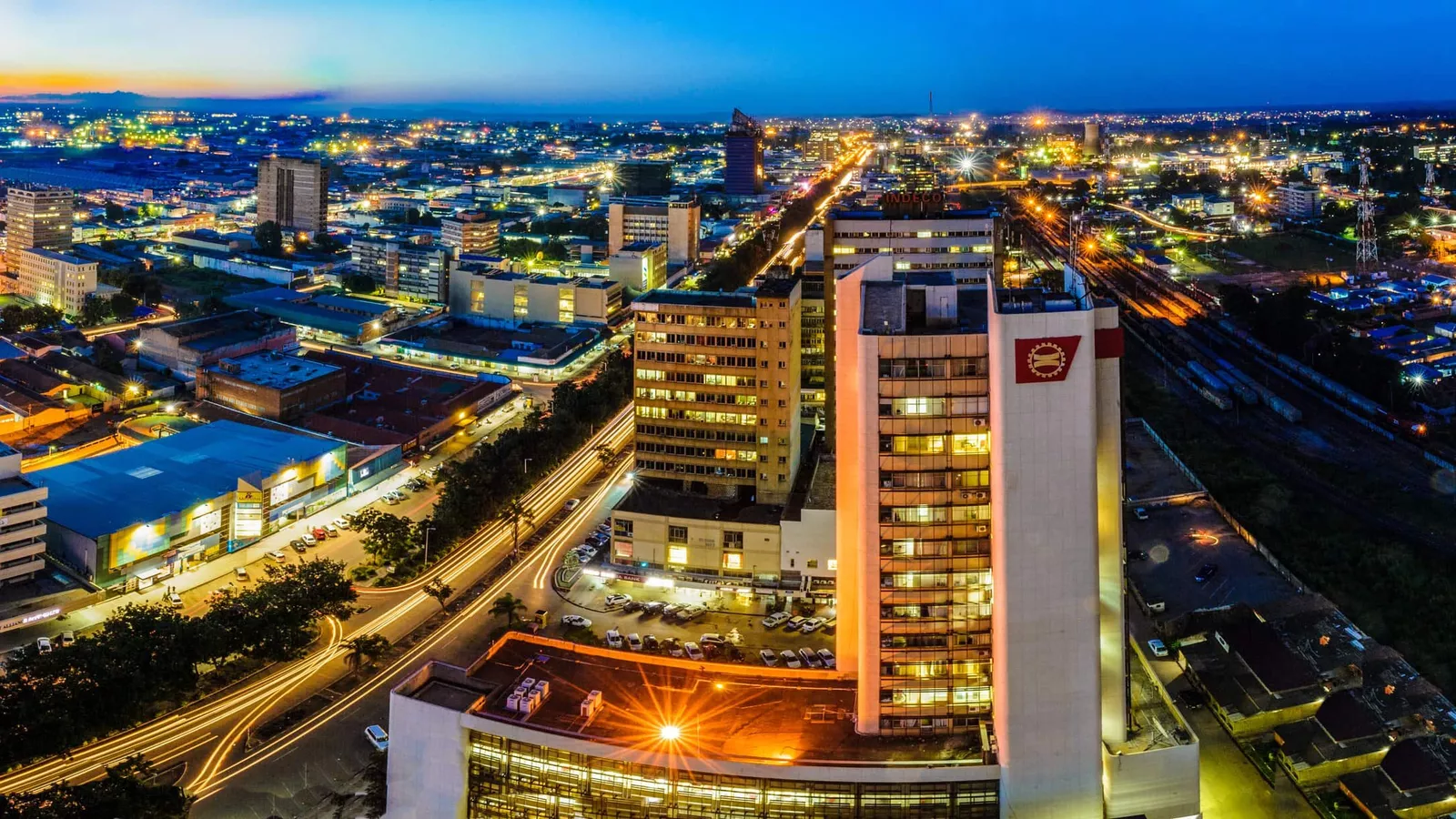INDEBTED NATIONS CAN LEARN FROM ZAMBIA’S BREAKTHROUGH DEBT DEAL
Indebted nations can learn from Zambia’s breakthrough debt deal

Many developing countries are teetering on the cusp of default and may soon find themselves in debt-restructuring negotiations of their own. Zambia’s minister of finance and national planning explains how his country navigated the process.
On 22 June, after extensive negotiations, Zambia made a breakthrough and reached a $6.3bn debt restructuring deal with its official creditors. This landmark achievement effectively reduces the country’s debt burden by around 40% – a significant step towards restoring long-term debt sustainability and reinvigorating the country’s economy. This is
a pivotal moment for Zambia and a positive development for the global economy.
In recent years, global debt has reached a staggering $235trn. Many developing countries are teetering on the cusp of default and may soon find themselves in debt-restructuring negotiations of their own.
Increase in poverty
Some of these nations have experienced a marked increase in poverty as they struggle against a perfect storm of macroeconomic factors: the aftermath of the Covid-19 pandemic, climate change-induced natural disasters, and commodity price fluctuations. These issues are strangling economies already buckling under high debt burdens.
Delays in debt relief present a serious threat to the global economy. In the 1980s, several Latin American countries were granted relief under the Brady Plan after roughly four years of negotiations. This delay led to a “lost decade” of growth, which severely impacted already vulnerable populations.
On average, GDP per capita in these countries stagnated and only recovered to its pre-crisis levels in 1993. The world should not repeat past mistakes. Zambia’s agreement with official creditors, however, shows that there is light at the end of the tunnel for indebted nations.
Debt relief
First, international cooperation works, and the G20 Common Framework proved to be able to deliver debt relief. Zambia was the first country to ask for debt treatment after the Covid-19 pandemic, which caused the world’s largest one-year debt surge since World War II. Zambia applied for relief under the Common Framework — an initiative launched by the G20 to streamline debt-restructuring efforts.
The Common Framework is trailblazing in the sense that it reflects changes to the global creditor landscape and incorporates non-Paris Club member lenders, such as China, India, Saudi Arabia, Kuwait, and Turkey, as well as private creditors who participate on comparable terms to ensure fair burden sharing.
To bring together such a wide variety of stakeholders was not easy, and delays led many to question whether the Common Framework could work. Zambia’s debt deal shows that creditors can come together to deliver necessary debt relief to countries struggling with debt burdens.
Zambia had to play its part, too. A second lesson for countries hoping for debt relief is to put your own house in order. This means carrying out robust reforms to regain control of public finances, build a solid foundation for economic recovery and gain creditors’trust.
Reforms
After assuming office, President Hakainde Hichilema’s administration moved quickly to implement a series of reforms to improve public financial management and prevent the repetition of past mistakes which led to unsustainable debt.
Zambia introduced legislation that ensures transparency and accountability in all public borrowing, developed financial management mechanisms for prudent spending oversight, and reinforced the Central Bank’s independence.
Some of these changes were difficult and politically unpopular in the short term, for example, cancelling subsidies on fuel. But these decisions have already produced results for Zambia. Our currency performed among the best in the Sub-Saharan Region despite macroeconomic pressures in 2022.
We are hoping to achieve at least 4% GDP growth in 2023. Critically, these reforms also demonstrated to our creditors and partners that we are serious about securing long-term debt sustainability and boosting growth.
The third takeaway is that transparency and commitment to the comparable treatment principle are essential to reaching an agreement with creditors. Zambia worked hard to be open-minded and improve transparency. From that baseline, we have engaged proactively and in good faith will all our creditors – multilateral, official and private.
Creative solutions
Our creditors have had important questions for Zambia and we have always done our best to answer them. At every stage, we have placed comparability of treatment and openness to creative solutions at the centre of our approach. A sovereign debt restructuring is a marathon, not a sprint. While we celebrate the latest breakthrough, we acknowledge that the journey is not yet over.
There will still be hard work ahead to finalise a comparable agreement with our private creditors and ensure Zambia continues to deliver on the commitments of our home-grown reform agenda. However, we are confident that maintaining the values of transparency and comparability of treatment will help us reach an agreement soon.
With many countries facing debt distress, Zambia’s progress is progress for all. Our example shows when countries do the hard work of economic reform and engage proactively with all creditors, and when the international community comes together,solutions can be found.
As other heavily indebted countries pursue debt restructuring processes, it is our hope they can follow the path Zambia has paved and reclaim their own economic futures to provide prosperity for their people.
By Dr. Situmbeko Musokotwane
Source: https://www.mofnp.gov.zm/?p=7489